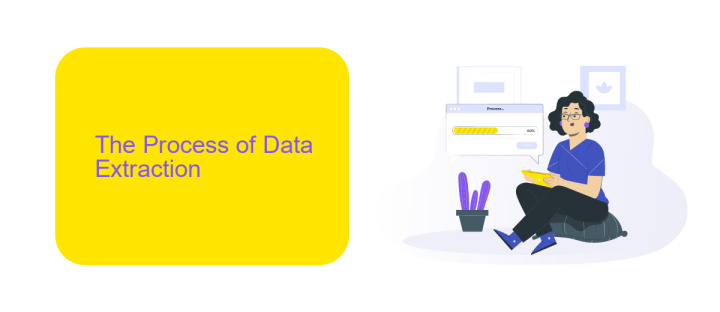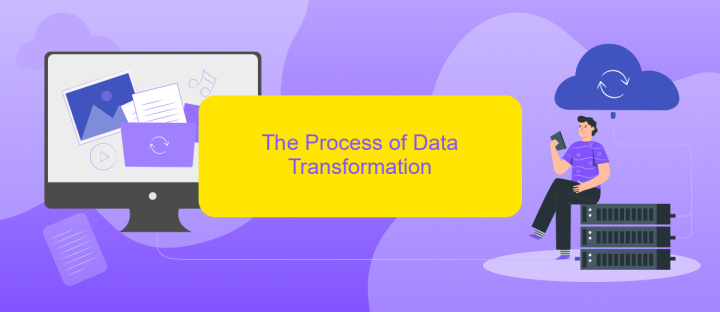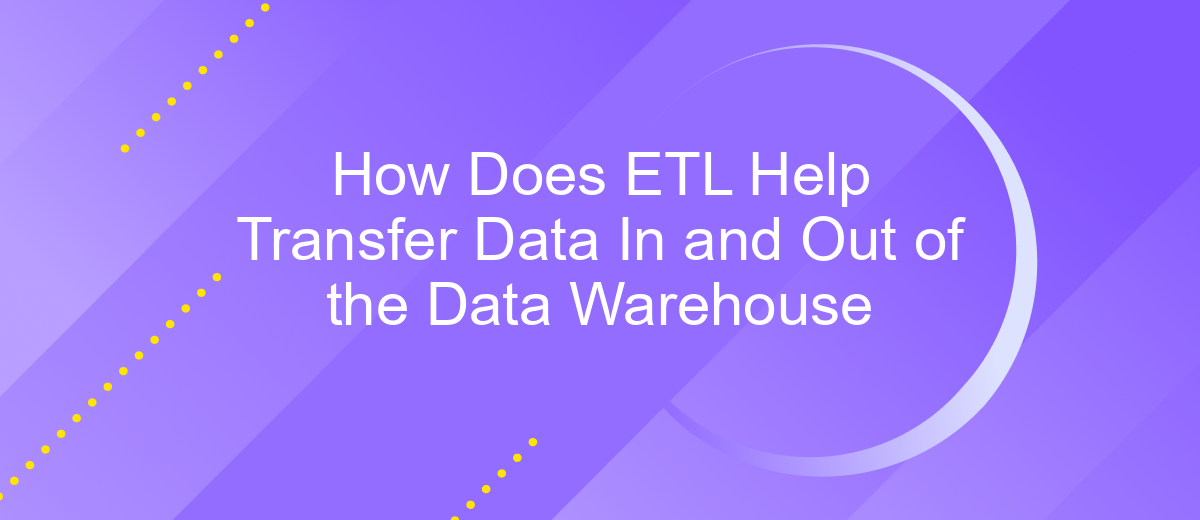How Does ETL Help Transfer Data In and Out of the Data Warehouse
Extract, Transform, Load (ETL) processes are crucial for managing data flow in and out of data warehouses. These processes ensure that data is accurately extracted from various sources, transformed into a suitable format, and loaded into the data warehouse for analysis. ETL not only enhances data quality and consistency but also enables efficient data integration, making it essential for informed decision-making.
Introduction to ETL and Data Warehousing
ETL, which stands for Extract, Transform, Load, is a crucial process in data warehousing. It involves extracting data from various sources, transforming it into a format suitable for analysis, and loading it into a data warehouse. This process ensures that data is consistent, accurate, and ready for querying and reporting.
- Extract: Data is collected from multiple sources such as databases, APIs, and flat files.
- Transform: The data is cleaned, filtered, and transformed into a consistent format.
- Load: The transformed data is loaded into the data warehouse for analysis and reporting.
Data warehousing and ETL processes are essential for integrating data from disparate sources, making it accessible and useful for business intelligence. Tools like ApiX-Drive can simplify the integration process by automating data transfer between applications, ensuring seamless and efficient data flow. This enables organizations to make data-driven decisions with confidence.
The Process of Data Extraction

Data extraction is the first crucial step in the ETL (Extract, Transform, Load) process. This phase involves retrieving data from various source systems, which can include databases, cloud storage, and third-party applications. The goal is to gather raw data that will later be transformed and loaded into the data warehouse. Tools and services like ApiX-Drive can simplify this process by providing seamless integration capabilities, allowing for automated and scheduled data extractions from multiple sources.
Effective data extraction requires careful planning to ensure data accuracy and consistency. This involves setting up connectors to source systems, defining extraction logic, and handling any data anomalies. ApiX-Drive offers robust solutions for these tasks, enabling users to configure integrations without extensive coding knowledge. By leveraging such services, organizations can streamline their data extraction processes, ensuring that only relevant and high-quality data is pulled into the data warehouse for further analysis.
The Process of Data Transformation

Data transformation is a crucial step in the ETL (Extract, Transform, Load) process, ensuring that raw data is converted into a format suitable for analysis and reporting. This step involves cleaning, structuring, and enriching the data to meet the specific requirements of the data warehouse.
- Data Cleaning: This involves removing inconsistencies, duplicates, and errors from the dataset to ensure accuracy and reliability.
- Data Structuring: In this phase, data is organized into a predefined schema or structure, making it easier to query and analyze.
- Data Enrichment: Additional context or information is added to the data, such as merging data from multiple sources or adding calculated fields.
Using integration services like ApiX-Drive can significantly streamline the data transformation process. ApiX-Drive allows for seamless integration between various data sources and the data warehouse, automating many of the tasks involved in data cleaning, structuring, and enrichment. This not only saves time but also enhances the accuracy and efficiency of the data transformation process.
The Process of Data Loading

Data loading is a crucial step in the ETL process, ensuring that transformed data is accurately and efficiently transferred into the data warehouse. This phase involves several key activities that prepare the data for analysis and reporting.
Initially, data is extracted from various sources, such as databases, APIs, and flat files. After extraction, the data undergoes a transformation process to cleanse, normalize, and aggregate it as needed. Once the data is ready, it is loaded into the target data warehouse.
- Data extraction from multiple sources
- Data transformation and cleansing
- Loading data into the data warehouse
- Monitoring and validation of the loading process
To streamline the data loading process, services like ApiX-Drive can be utilized. ApiX-Drive offers seamless integration capabilities, connecting various data sources and automating the transfer of data into the data warehouse. This not only saves time but also reduces the risk of errors, ensuring that the data is accurate and up-to-date for business intelligence and analytics.


Benefits and Use Cases of ETL
ETL (Extract, Transform, Load) processes are essential for efficiently transferring data in and out of a data warehouse. One significant benefit is the ability to consolidate data from multiple sources, ensuring that businesses have a single, unified view of their information. This consolidation helps in making informed decisions, improving data quality, and maintaining data integrity. Furthermore, ETL processes can automate repetitive tasks, saving time and reducing the risk of human error.
ETL use cases are diverse and span across various industries. For instance, in e-commerce, ETL can integrate sales data from different platforms, providing a comprehensive understanding of customer behavior. In healthcare, ETL can aggregate patient records from multiple systems for better diagnosis and treatment planning. Services like ApiX-Drive facilitate these integrations by offering a user-friendly interface to connect different applications without the need for extensive coding knowledge. This makes ETL accessible to a broader range of users, enabling them to harness the power of data integration and transformation effectively.
FAQ
What is ETL and how does it help in data transfer to a data warehouse?
How does ETL ensure data quality during the transfer process?
Can ETL handle real-time data transfer?
What are the challenges of implementing ETL processes?
How can automation tools help in setting up ETL processes?
Apix-Drive is a universal tool that will quickly streamline any workflow, freeing you from routine and possible financial losses. Try ApiX-Drive in action and see how useful it is for you personally. In the meantime, when you are setting up connections between systems, think about where you are investing your free time, because now you will have much more of it.

